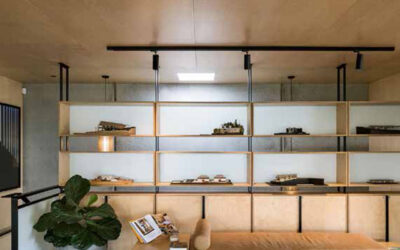Installing a wall access panel requires careful consideration of both functionality and aesthetics. Whether you need to access electrical systems, HVAC components, or plumbing, choosing the right installation method is crucial for a seamless integration into your space.
Common Reasons for Needing Wall Access Panels
Access panels are essential for maintaining various building systems including:
- Electrical system access: Essential for inspecting and repairing wiring, junction boxes, computer cabling, lift systems and other electrical components.
- HVAC system maintenance: Critical for accessing ductwork, air handlers and other HVAC elements to maintain optimal indoor air quality and comfort.
- Plumbing system repairs: Enables quick access to address potential leaks while minimizing business disruption.
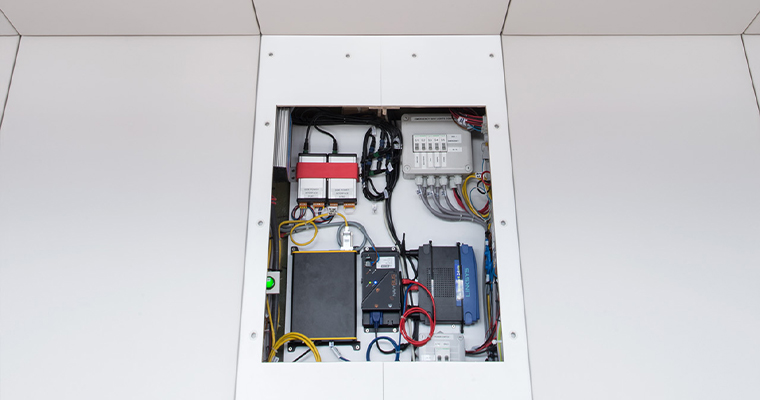
Wall Access Panel Installation Methods and Solutions
An access panel in a wall can be created in a number of ways. The method you choose will be dependent on the panel’s material, weight, how frequently you need access, and the desired interior finish.
Visible Solutions
Pre-manufactured access panels offer quick solutions for standard installations. They come in standard sizes and designs, and come with a few mounting options:
- Screw-mounted panels: This traditional method is simple and the most widely used for attaching an access panel to a wall. Screws are attached, often in pre-drilled holes, to secure the access panel in place. Apart from being visible, removal can be time consuming and holes may loosen with repeated refit.
- Spring-loaded systems: This system uses integrated spring mechanisms that allow the panel to be pushed open and closed. While installation is straightforward and access is quick, the springs can wear out over time with frequent use. The mounting hardware remains visible around the panel edges and is only suitable for lightweight access panels.
- Magnetic closures: This method uses concealed magnets embedded in both the panel and frame to create a secure hold. While the panel appears more seamless than screw or spring-loaded options, the frame outline typically remains visible. The magnetic force must also be carefully calibrated. If it’s too strong, access can be difficult and if it’s too weak, the access panel’s stability can be compromised. Again, this method is most suited to lightweight panels.
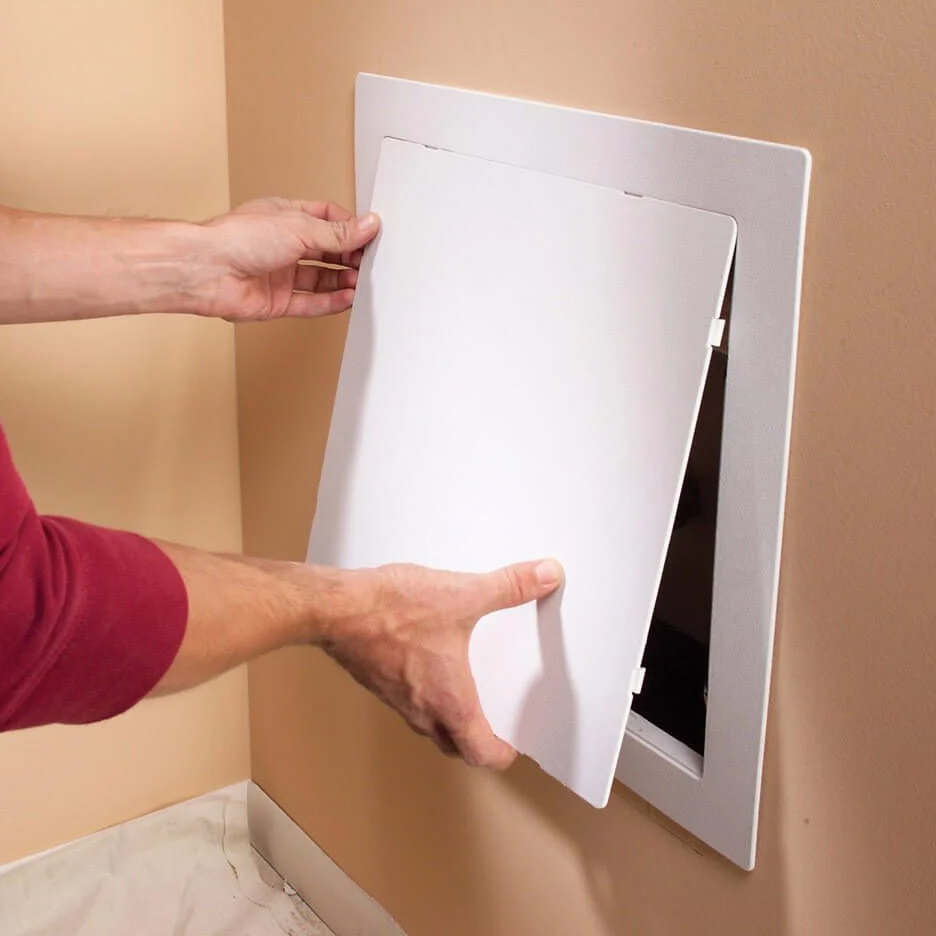
Concealed fixings
For architecturally designed spaces, the most professional method for creating a removable access panel is to custom mount. A customized approach ensures seamless integration with the surrounding interior finishes, meeting both functional and aesthetic requirements. For the most seamless appearance, the same panel material and mounting system can be used either across the entire wall or throughout the interior space, making the access panel indistinguishable from its surroundings. Custom mounting solutions include:
- French cleats: French cleats, or split battens, are a popular way to hang access wall panels. A French cleat consists of two interlocking pieces – one secured to the wall and the other to the panel. The angled design of the cleat allows for a strong and stable connection. This method distributes the weight evenly and prevents the panel from tilting or falling. This panel fixing method is common for larger access panels. However, it requires additional space above or below the panel to lift it into position. Additionally, if the panel you need to access is at the bottom, you will need to remove all the panels above it first
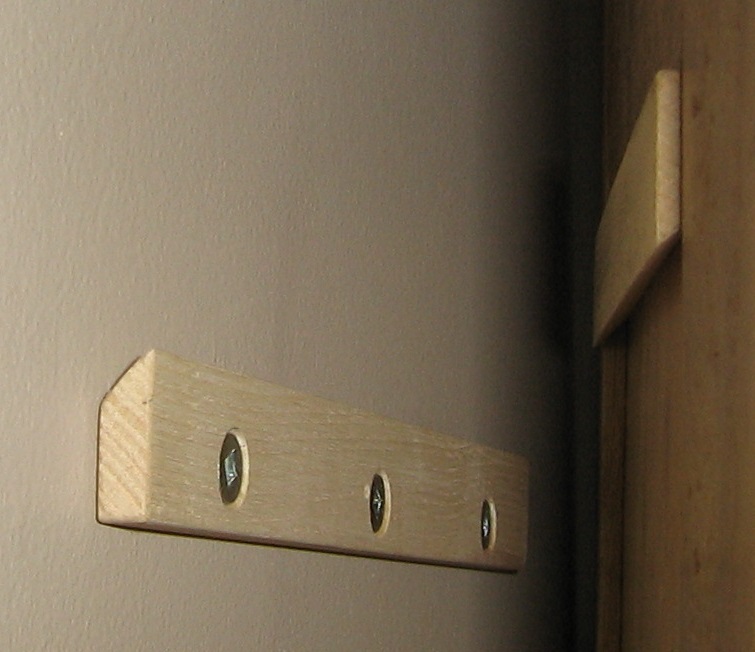
- Z-clips: Z-clips or Z bars are metal clips shaped like a letter “Z” that securely fasten to the wall and panel. They are ideal to support heavy weights while maintaining a clean, professional finish. Similar to French cleats, lifting the panel over the fitting is necessary when using them. This makes them less suitable for access panels at the bottom of walls because the panels above them can block them in.
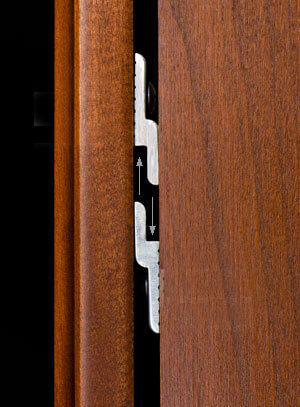
- Fastmount clips: For a truly concealed access panel installation, Fastmount’s specialized panel mounting clips offer an ideal solution for creating hidden wall access panels. The system uses male and female components that clip together, making it easy to install and remove wall panels as needed. These durable hidden panel fixings feature a low profile design and various load-bearing capabilities. Unlike other methods, these clips allow you to install access panels that can be removed in any order since they mount directly into the wall. This makes them particularly effective for creating invisible drywall access panels or custom access panel solutions where seamless integration is crucial.
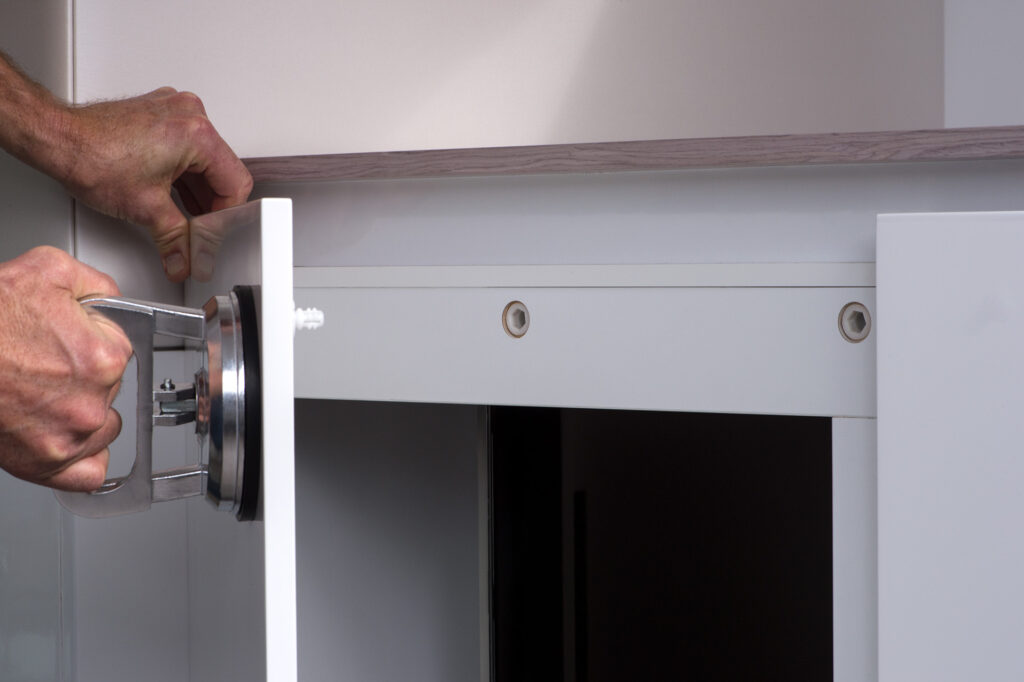
Choosing the Right Solution
Remember, when selecting your installation method, consider:
- Panel material and weight
- Frequency that access is required
- Interior finish specifications
- Installation location accessibility
The right installation method will balance functional requirements with aesthetic demands, ensuring your access panel serves its purpose while maintaining the visual integrity of your space.


